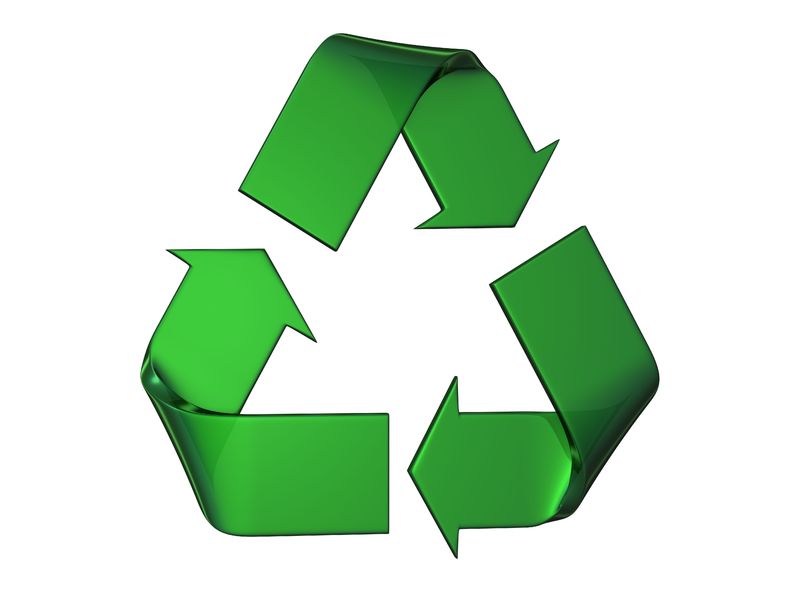Many people are diligently saving materials that can be recycled. They have different bins at home for tin cans, aluminum can, paper and glass. Periodically the bins are full and off they go to any of the recycling centers in Connecticut. Most people just drop their recycled items off, collect their money and leave without giving any thought to what the next stage of the recycling process is.
Here is a brief introduction on how the recycling process carries on:
Aluminum cans:
 The thousands of aluminum cans that are brought to recycling centers in Connecticut are crushed and made into large bales. The bales are sent to plants which process the scrap aluminum, the first step is to shred it into small pieces. The shredded material is mixed with virgin material in a huge furnace where it is melted and then poured into ingots of pure aluminum. The ingots are used to make new products, including cans and foil.
The thousands of aluminum cans that are brought to recycling centers in Connecticut are crushed and made into large bales. The bales are sent to plants which process the scrap aluminum, the first step is to shred it into small pieces. The shredded material is mixed with virgin material in a huge furnace where it is melted and then poured into ingots of pure aluminum. The ingots are used to make new products, including cans and foil.
Glass:
Glass has a couple of ways for it to be recycled and reused. Most of the glass is separated by color, broken up and melted down. It can be used as is or mixed with new glass which is made from special sand. Glass can also be pulverized and be used as a sand replacement in paving materials, brick manufacture and landscaping.
Paper:
When paper first arrives at the recycling centers in Connecticut, it is separated into type; this would include white bond paper from office scrap, newspaper and magazines. Once separated, paper is compressed into large bales for shipping to the paper mill. Once the paper arrives at the mill, it is shredded and mixed with water forming a pulpy material. The pulp is cleaned and then processed further into a mushy material. This recycled slush is fed into the paper making machines as if it was virgin material, there is no difference. The recycled material goes back out as new office paper, newsprint, paper towels and toilet paper.
Plastic:
Every plastic bottle is marked with a code which identifies the chemical composition of the plastic. When the bottles hit the recycling center, they are separated by code. Once the plastic has been properly separated they are crushed, baled and shipped to the processing plant. Once the bales are opened, the plastic is shredded into small flakes, melted down and pelletized. The pellets are sold to manufacturers of plastic products, they can be used for outdoor furniture or carpeting.
Electronics:
Recycling electronics is more complicated because of the different materials involved. Most electronics can be recycled almost 100% and they materials include precious metals such as gold, silver and copper.
The beauty of what the recycling centers in Connecticut do is that they reduce the strain on the ever filling landfill sites.
One of the larger recycling centers in Connecticut is Calamari Recycling Co., Inc. They have 14 acres of yard and employee more than 25 people in the processing of recyclable waste material.



